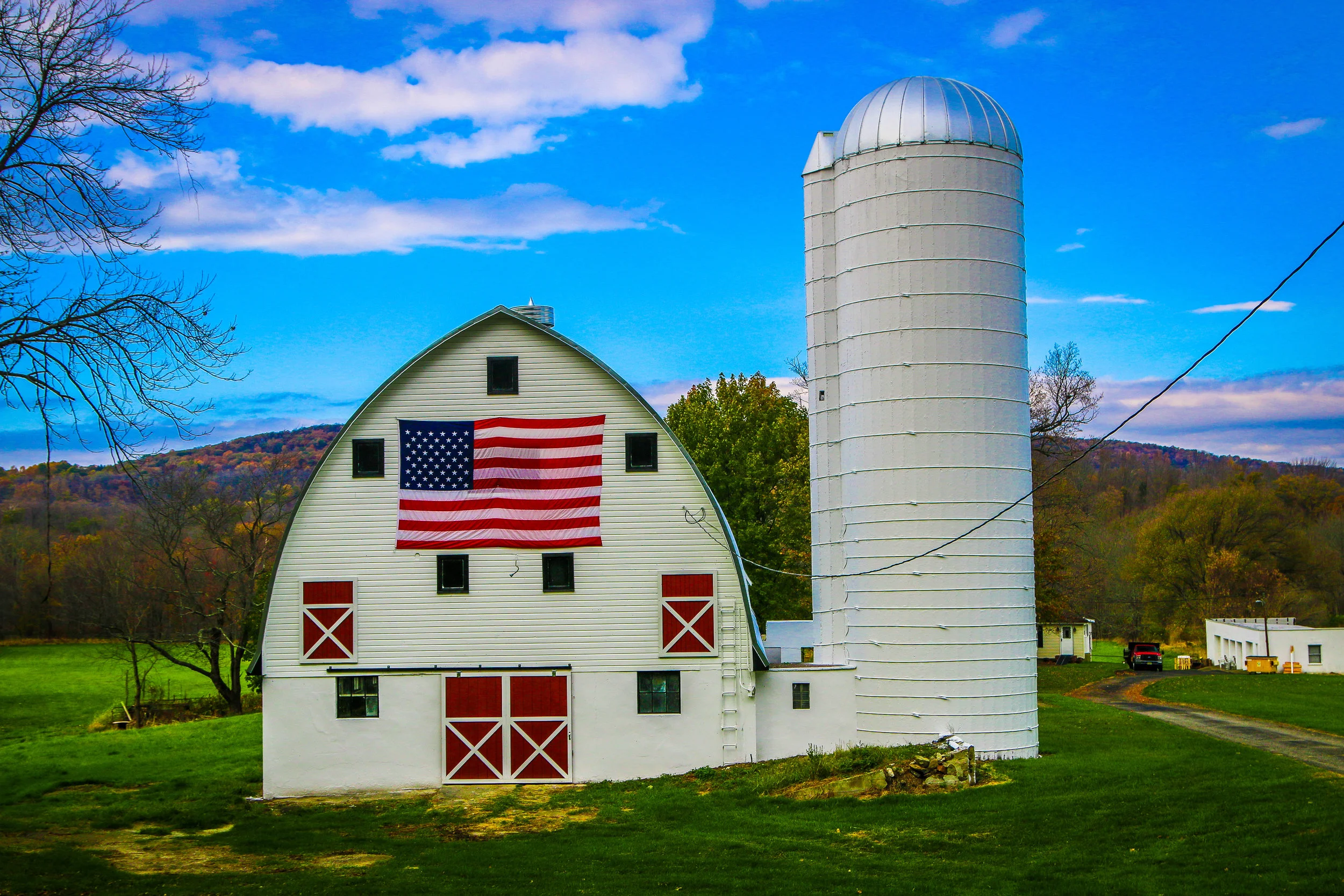Hello Everyone! Gosh, it’s hard to believe that we’re in the last week of August. I know that summer will last for several more weeks, but those fall colors are right around the corner. I’m going to soak up what’s left of the summertime with everything I have, but will also welcome fall with open arms when it arrives. I’m the kind of person who always runs hot, so cooler days are always a comforting thought. That being said, I want to be out of the region before the first big snows come so that means I need to put a little hustle in my step. I’ve been feeling really good lately though, have been getting to the gym every day and have tried to just enjoy the little gifts that each day brings my way. I’ve found the people of Wisconsin to be just as warm and welcoming as I remember them to be and have enjoyed being surrounded by people who try to enjoy life and see the best in things. That being said, they are also being cautious regarding Covid and masks are far more prevalent here than they were in Michigan. It’s been a good week and I’ve definitely started my time in Wisconsin on a good foot.
Before I get into what I’ve been up to this week though, I got an interesting email from my friend Matt, who used to be the General Manager of the tour company I worked for. With the closing of our company, he has changed roles to manage a different tour company which still fell under the umbrella of companies in the Travelopia brand. He has asked if I would be interested in joining a tour out west for a week or so to take some photos for their upcoming brochures. I don’t know if it’s going to work out, but it is certainly an interesting proposition and a solid week of paid work would be very welcome right now. I’ll let you know what comes of it, but don’t be surprised to get this newsletter in the coming weeks from Arizona! It’s flattering to be considered if nothing else. Now on with my travels:
I headed north from Kenosha last Thursday morning and stopped in Racine to buy a kringle. Racine has a huge Danish-American population and this is one of the dishes they are known for. The kringle is actually Wisconsin’s State Pastry, so of course I had to try it out. I think in most of the country, we would probably refer to it simply as a “Danish”, but the ones in Racine are on a whole different level. A proper kringle takes three days to make and comes out in a ring that’s about a foot long. I chose to get mine at Bendtsens which is just one of the kringle bakeries in Racine. I got a blueberry kringle and it was really delicious and took me three days to finish. My belly full of kringle, I headed on back to Milwaukee and straight to the Harley-Davidson museum. Harley-Davidson is definitely one of Milwaukee’s legendary products and I was eager to learn more about the history of this iconic brand. The museum’s exhibit began at the turn of the 20th century with a look at the founders, William Harley and his childhood buddy Arthur Davidson, as they tinkered in their tiny garage to build a small motor for their bicycle. They weren’t the first to do this, but their motor-bicycles would soon be considered some of the best in the world. In 1906, Harley and Davidson produced 50 motorcycles and ten years later they were building 15,000 a year. The U.S. Army put in an order for 20,000 Harley-Davidson motorcycles during World War I and the childhood friends were off and running. I really enjoyed this museum as it traced the history of the brand, not holding back when discussing their near-bankruptcy in the 1980s and the workers who banded together to bring them back from the brink. When I finished with the museum, there was some live music at their outdoor bar and plenty of Harley riders in the parking lot to enjoy it. I stuck around for a while and then headed a little bit further downtown for a wander around the Historic Third Ward and Deer Town. I got a brat and some beer-cheese soup at the Milwaukee Brat House and even found the statue to one of Milwaukee’s most memorable TV characters, The Fonz.
On Friday, I headed out to the old Pabst Brewery for a tour and a healthy dose of nostalgia. When I was a kid I toured the Pabst brewery often, as the tours were free and so was the beer afterwards (cokes for me back then). Since then, Pabst has closed down their breweries and now produces their beer through contracts with Coors and Miller. The main brewery has been converted into a hotel and apartments, but the old accounting offices in the historic “castle” have been purchased and turned into an event space, bar and gift shop celebrating all things Pabst.













